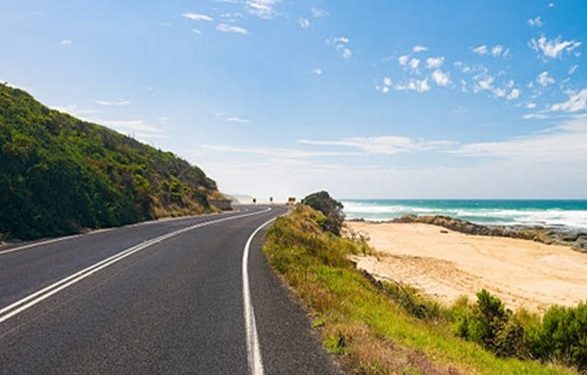Berhampur: While the state government has given green signal to the 415-km-long coastal highway project, from Gopalpur to Digha, environmentalist and winner of Green Nobel prize Prafulla Samantara has strongly opposed the project. He warned that the project would spell doom for the marine ecology in the area and added, “Natural disasters like flood and cyclones may be more frequent then.”
“Four years ago, after Centre’s approval, the Odisha government gave nod to the Rs 7,500-crore coastal highway project which will link Gopalpur in the state and Digha of West Bengal,” a state minister said.
The project, announced by Union Road Transport and Highways Minister Nitin Gadkari in April 2015, spreads over 415 kilometres from Gopalpur to Digha.
The project was cleared by the state government after it agreed to the original alignment of Satpada-Digha stretch via Puri-Konark-Astarang-Ratanpur-Dhamara-Basudevpur- Chandipur.
But Samantara said that construction of the highway will damage the mangrove forest cover in the beach area of Digha and Gopalpur, and it will also damage the marine bio-diversity of Chilika and Bhitarkanika i.e. marine flora and fauna of the two water bodies as the brackish water lagoon and mangrove wetland come between Digha and Gopalpur area.
He highlighted that the increasing number of vehicles along the sea area due to the national highway will adversely affect the clean environment of the sea and its vicinity. The proposed highway will come up on the drainage path of the rainwater.
Odisha regularly faces various types of natural calamities which weaken the economic backbone of the state, he pointed out.
As per the proposal, a 451-km-long coastal highway will be built and named as 516-A. In the first phase, the 240-kilometre stretch from Gopalpur to Ratanpur will be constructed at an estimated cost of Rs 2,196 crore.
For the total project, the national highways authority of India (NHAI) will acquire more than 1,000 acres of land in the mangrove forest area of Gopalpur and Digha. As a result, the government has to clear 33 per cent of mangrove forests in the area.
Though official sources say 25,000 trees will be cut down but in reality the figure would be much more gigantic, alleged Samantara.
The sturdy root systems of mangrove trees help form a natural barrier against violent storm surges and floods. River and land sediment is trapped by the roots, which protects coastline areas and slows erosion.
A huge variety of wildlife lives or breeds in the mangrove ecosystem, including numerous fish, crab and shrimp species, molluscs, and mammals like sea turtles. The trees are home to an array of nesting, breeding and migratory birds. When mangrove forests are cleared valuable habitat is lost, threatening the survival of myriad species.
Samantara urged all political parties and local outfits to oppose the coastal highway project and protect the marine ecology of the state.
On the other hand, the state government has informed the NHAI to proceed for obtaining all types of clearances for the project.
Earlier, the state government had raised objections on the alignment presented by the NHAI. This apart, the Ministry of Environment, Forest and Climate Change had made some observations on the alignment passing through Chilika Lake and other eco-sensitive areas following which the alignment was modified.
WHY MANGROVES MATTER
Mangroves protect shorelines from damaging storm and cyclonic winds, waves, and floods. Mangroves also help prevent erosion by stabilising sediments with their tangled root systems. They maintain water quality and clarity, filtering pollutants and trapping sediments originating from land. Serving as valuable nursery areas for shrimp, crustaceans, mollusks, and fishes, mangroves are a critical component of state’s commercial fishing industries. These habitats provide a rich source of food while also offering refuge from predation.
PNN






































